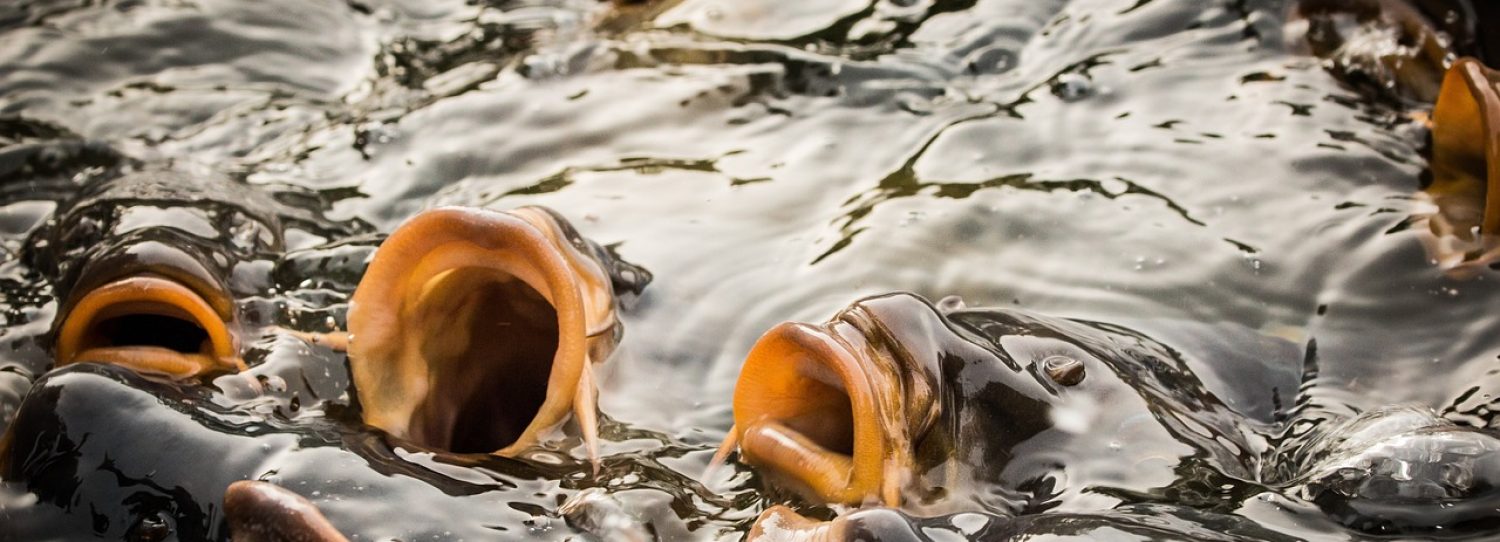
Fish Feed : Floating
Floating fish feed, in particular, plays a crucial role in providing the essential nutrients fish need while offering a range of benefits. In this article, we’ll explore the advantages and characteristics of floating fish feed, shedding light on why it’s a popular choice among fish enthusiasts and aquaculture professionals. One of the primary advantages of floating fish feed is its visibility. When you sprinkle it onto the water’s surface, it remains there, making it easy to monitor how much your fish are eating and ensuring they receive their daily nutritional intake. Floating fish feed encourages fish to come to the water’s surface to feed, allowing you to observe their behavior and ensure they are active and healthy. This interactive element can be especially enjoyable for fish enthusiasts. Some fish species naturally feed near the water’s surface. Floating feed caters to their feeding habits, ensuring they can access their food without difficulty.
Types of Floating Fish Feed
Flake Feed : Flake feed is lightweight and comes in thin, flaky sheets. It’s suitable for a variety of fish species, especially those with smaller mouths. Flake feed can be crumbled for smaller fish or fish fry.
Pelleted Feed: Pelleted feed floats on the water’s surface and is a popular choice for many aquarists and fish farms. It’s available in different sizes to suit the needs of various fish species.
Stick or Floating Tablets : These are dense, elongated feed forms that remain on the surface for extended periods. They are often used for fish that require slower, prolonged feeding times.
Floating Granules : Granules are tiny, buoyant particles designed for smaller fish or those that feed closer to the surface. They provide a balanced diet and are easy to distribute.
Tips for Using Floating Fish Feed
Proper Storage : Store your floating fish feed in a cool, dry place to maintain its freshness and nutritional value.
Feed Responsibly : Avoid overfeeding, as excess food can lead to water quality issues. Follow recommended feeding guidelines based on the size and species of your fish.
Variety is Key : Consider offering a variety of feed types to cater to the dietary needs of different fish species in your tank or pond.
Monitor Behavior : Observe your fish during feeding to ensure they are consuming the food. Adjust the feeding amount if necessary.
